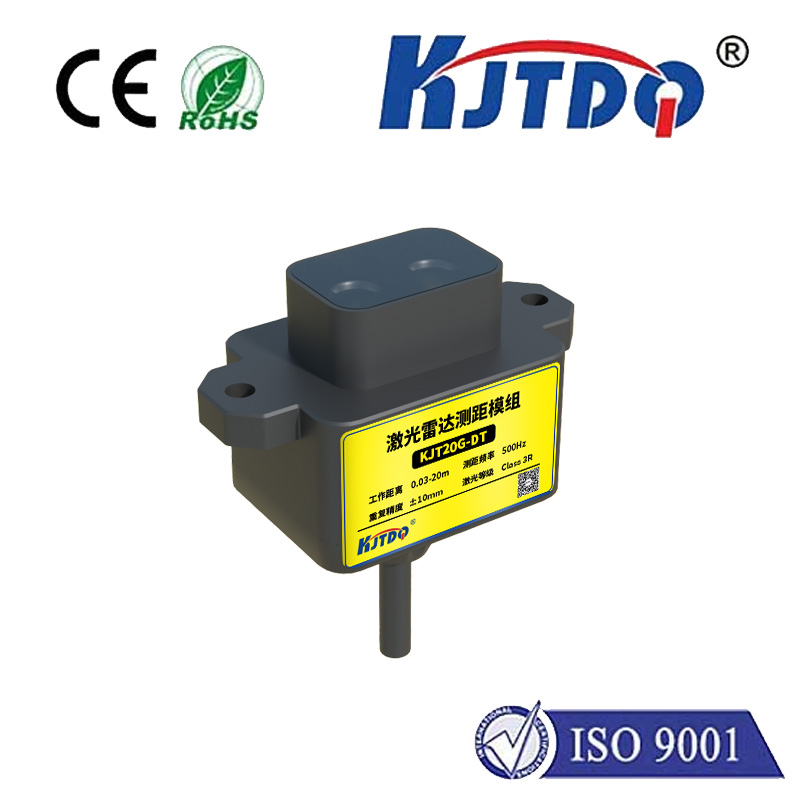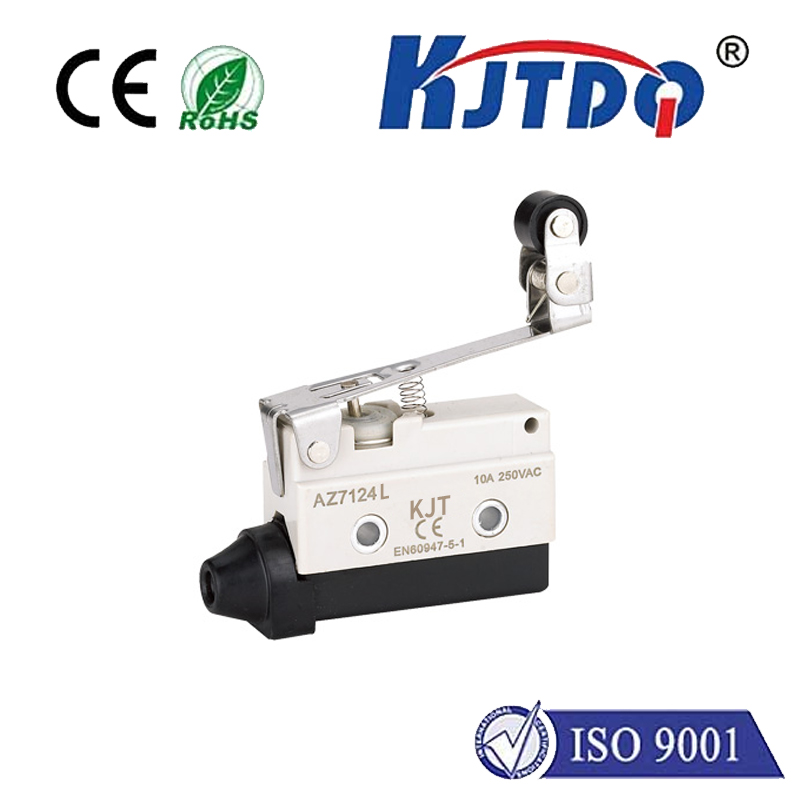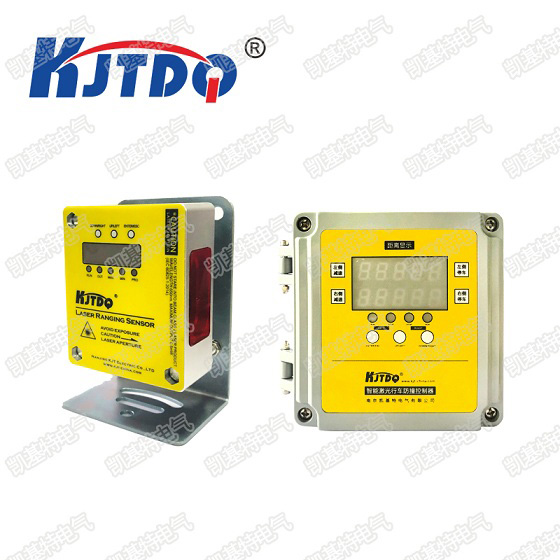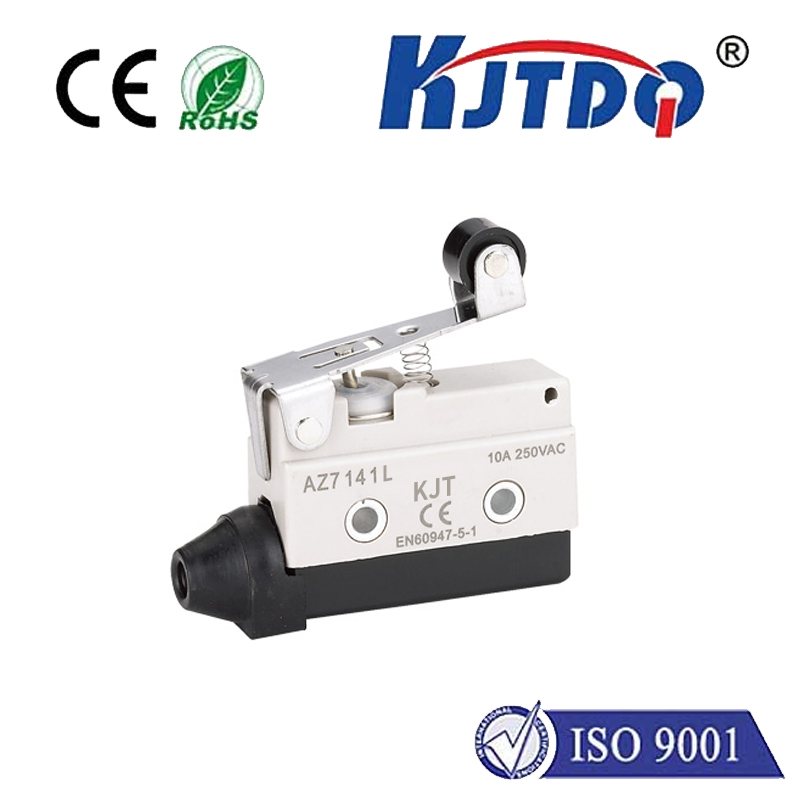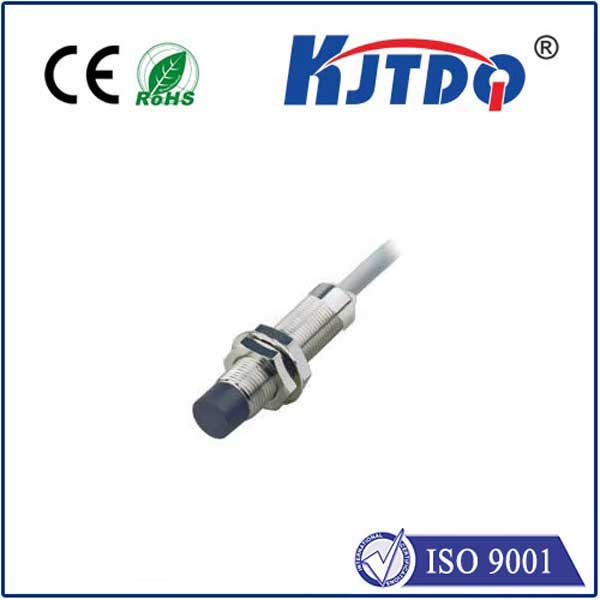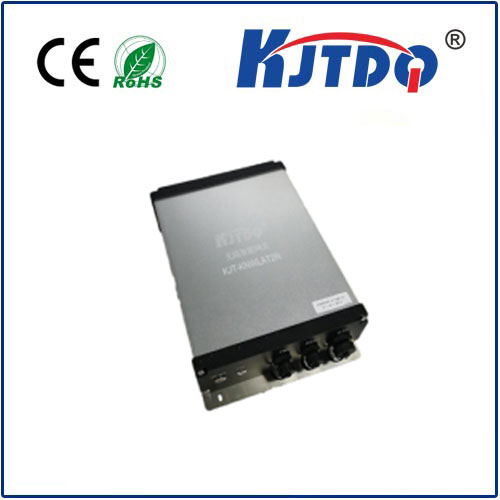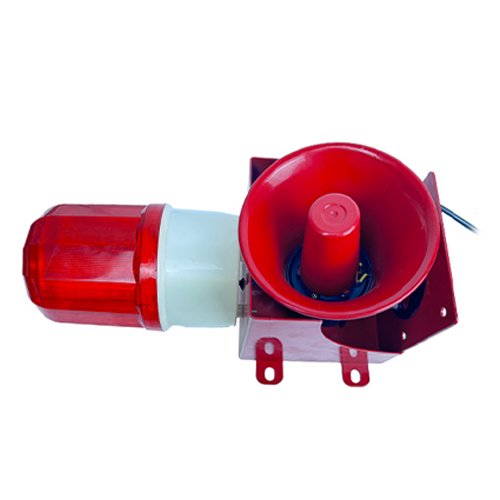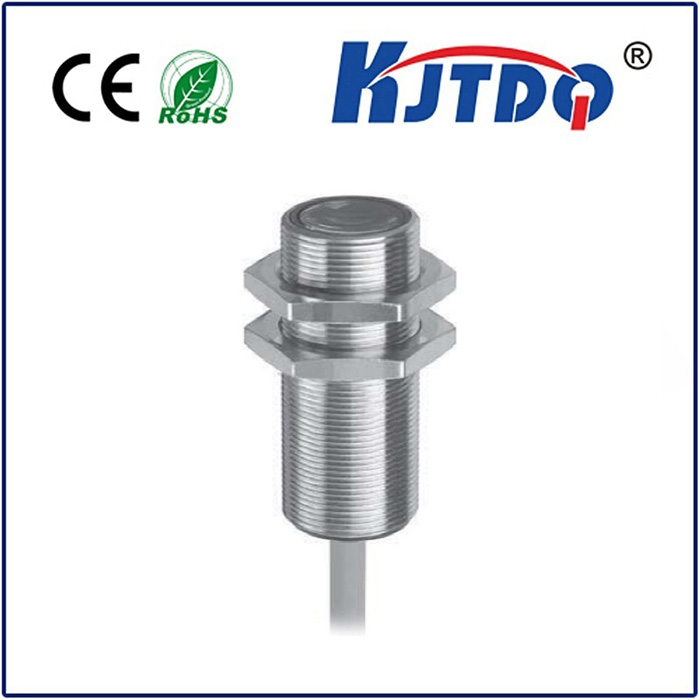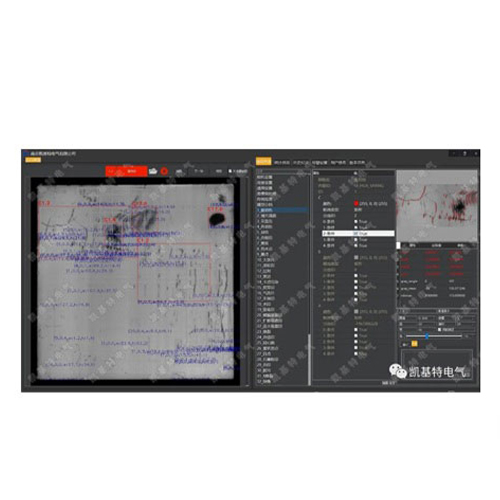
Проверка

Проверка

Проверка

Проверка

Проверка

Проверка
Laser Range Measurement: The Science Behind Precision Distance Detection From self-driving cars navigating busy streets to rovers mapping the surface of Mars, laser range measurement has become the cornerstone of modern precision technology. This groundbreaking method uses laser beams to calculate distances with unparalleled accuracy, revolutionizing industries ranging from construction to aerospace. But how does it work, and why has it become indispensable in today’s tech-driven world? Let’s dive into the mechanics, applications, and future potential of this transformative technology.
At its core, laser range measurement relies on a simple yet powerful concept: measuring the time it takes for a laser pulse to travel to a target and reflect back to the sensor. Known as time-of-flight (ToF), this principle calculates distance using the formula: Distance = (Speed of Light × Time Delay) / 2 Since the speed of light is constant (~299,792 km/s), even nanosecond-level precision in timing can yield millimeter-scale accuracy. Modern systems enhance this further with phase-shift measurement, which analyzes changes in the laser wave’s phase to detect subtle distance variations. For example, in topographic mapping, LiDAR (Light Detection and Ranging) systems fire thousands of laser pulses per second, creating detailed 3D models of landscapes. This same technology enables smartphones to autofocus instantly and robots to navigate warehouses autonomously.

Laser range measurement isn’t just a lab curiosity—it’s a workhorse in real-world scenarios:
Why has laser range measurement outpaced older techniques like ultrasonic sensors or mechanical tape measures?
As demand grows, laser range measurement systems are becoming smaller, cheaper, and more energy-efficient. Innovations like solid-state LiDAR eliminate moving parts, making devices more durable for automotive and industrial use. Meanwhile, advancements in AI are enhancing data processing—enabling systems to not only measure distances but also identify objects and predict movements. Researchers are also exploring quantum-enhanced LiDAR, which uses entangled photons to achieve unprecedented sensitivity. This could revolutionize fields like underwater archaeology or environmental monitoring, where traditional lasers struggle.
From guiding robots on factory floors to uncovering the secrets of distant planets, laser range measurement exemplifies how a fusion of physics and engineering can reshape our world. As the technology continues to evolve, its applications will only expand—proving that sometimes, the smallest beam of light can illuminate the biggest possibilities.
